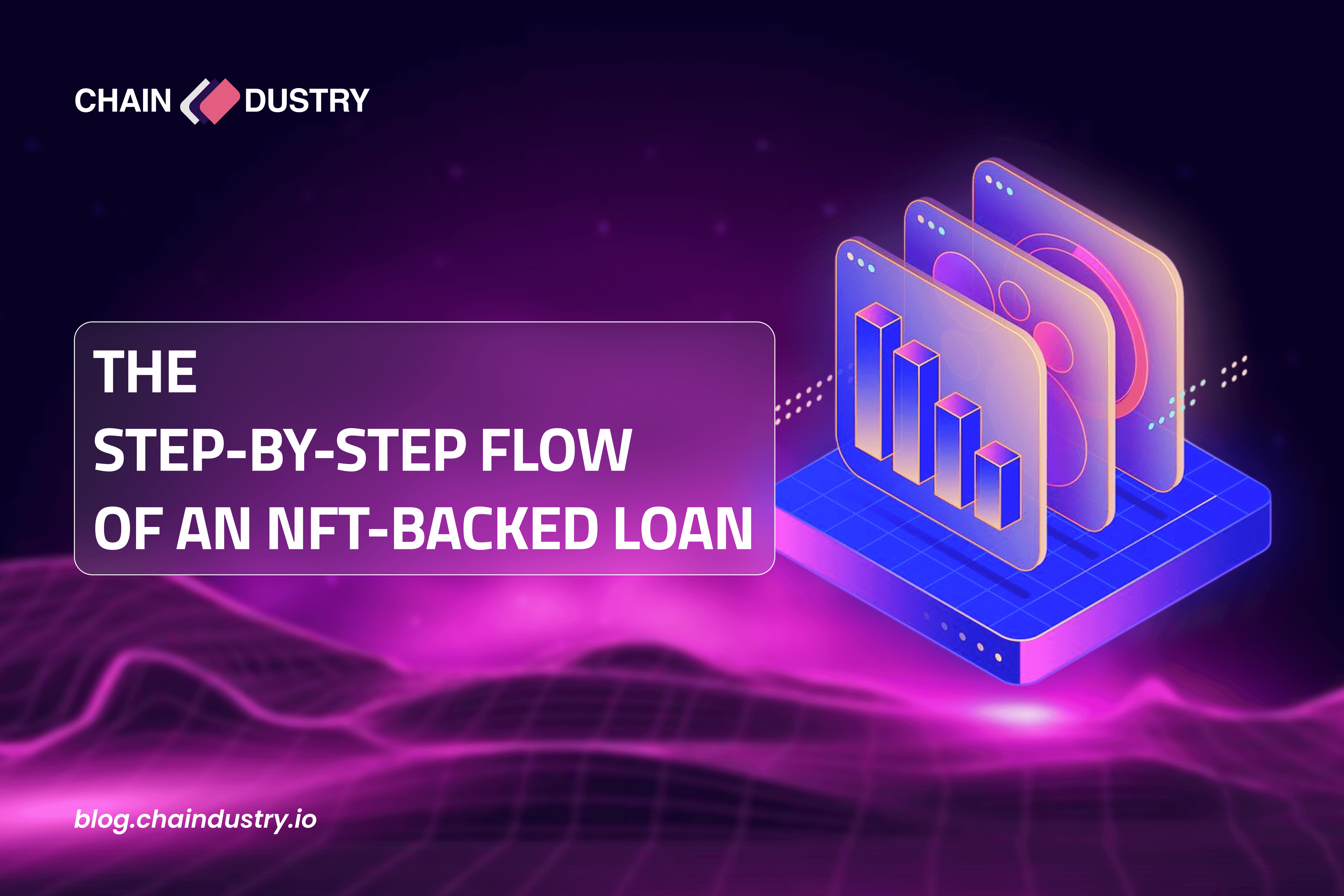Introduction
In traditional finance, people use their house, car, or business as collateral to get a loan. In Web3, the concept is the same but instead of a house, you can use your NFTs.
Imagine needing liquidity but not wanting to sell your Bored Ape Yacht Club NFT. NFT lending platforms let you borrow stablecoins against that asset. It’s like pawning your collectible, but on-chain, transparent, and governed by smart contracts.
What Is NFT Lending?
NFT lending allows holders to use their NFTs as collateral to secure loans. Instead of selling your NFT during a dip, you can unlock liquidity while still retaining ownership rights (as long as you repay).
Platforms like BendDAO, NFTfi, and Arcade specialize in this model, with markets specifically for blue-chip collections like BAYC, Azuki, and CryptoPunks.
Why Borrow Against NFTs?
1. Liquidity without selling: Keep exposure to your asset while using cash elsewhere.
2. Tax advantages: In some jurisdictions, loans aren’t taxable events—unlike selling an NFT.
3. Opportunistic use: Borrow USDC or ETH and reinvest it in DeFi, trading, or other assets.
The Risks Involved
1. Liquidation risk: If floor prices drop and your loan health deteriorates, your NFT could be sold off.
2. Volatility: NFTs are less liquid than crypto tokens, which makes pricing and lending terms riskier.
3. Platform trust: You rely on the integrity of the smart contracts and the marketplace itself.
How It Works (Step-by-Step)
Here’s the simplified flow of an NFT-backed loan:
-
Deposit NFT into a lending platform.
-
Get loan offer from lenders (fixed term, interest rate).
-
Receive stablecoins (USDC, DAI, etc.) directly to your wallet.
-
Repay loan + interest within the agreed time.
-
NFT is returned once the loan is cleared.
If you fail to repay, the NFT is transferred to the lender.
The Step-by-Step Flow of an NFT-Backed Loan

NFT lending might sound complex, but it follows a clear, transparent process that can be broken into stages. Each step matters because it determines whether you keep your NFT or lose it.
Here’s how it works in practice:
1. Deposit Your NFT
You start by locking your NFT (say, a Bored Ape) into a lending platform like BendDAO or NFTfi. Smart contracts hold your NFT safely in escrow, meaning you can’t move or sell it while it’s collateral.
2. Get Loan Offers
Lenders (often other users or liquidity pools) review your NFT and make offers. They’ll consider factors like the collection’s floor price, trading volume, and volatility. For blue-chip NFTs, offers tend to be higher and on better terms.
3. Receive Stablecoins
Once you accept an offer, the lender sends you stablecoins (like USDC or DAI) directly to your wallet. The NFT stays locked in escrow until repayment.
4. Repay the Loan + Interest
During the agreed period, you repay the borrowed amount plus interest. Interest rates vary, usually between 10–40% APR, depending on market risk and collection demand.
5. NFT Is Released Back to You
Repaid in full, and your NFT is automatically transferred back into your wallet. Fail to repay, and the lender gains ownership often at a discount compared to the open market.
Conclusion
NFT lending is opening new doors for holders who don’t want to part with their prized digital assets. For blue-chip collections, it provides a bridge between digital wealth and real-world liquidity.
But as with any loan, it comes with responsibility know your risks, keep track of floor prices, and only borrow what you can safely repay.
